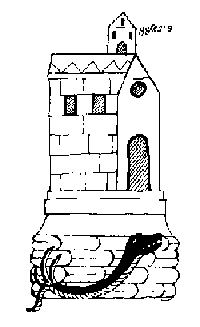This is the second in our series of guest blogs by Fatimah Araneta.
Fatimah Araneta grew up in Mexico City. After gaining a Masters in City Planning at Berkeley, California, she opted to eschew city life and direct her energy and attention to living in tune with what’s left of Mother Earth before it all gets paved over and criss-crossed with cabled and non-cabled networks. She lives “off the grid” in the shadow of the volcano she prefers to call Chicnautécatl.
Part 2 – Mexican place names often have their roots in pre-Hispanic languages, and have multiple levels of meaning
In the first part, we looked at the possible origins of Chicnautécatl or Xinantécatl, aka El Nevado de Toluca, Mexico’s fourth highest peak. In this part we start to consider Miguel León-Portilla’s view that a single place name in Mexico can have up to four distinct levels of meaning.
The first layer of meaning is more often than not a geographical description of the place in the language of its original inhabitants. Two examples in Oaxaca are Yodzo Coo, which in Mixtec means “Plain of the Snakes”, and Yacu Dzaa, Mixtec for “Hill of the Bird”.
The second layer is generally in Nahuatl, as the expansion of the Aztec empire made this language the lingua franca over an extensive territory over the course of several centuries. The Nahuatl name would almost always be a translation of the first place name. For example, the above mentioned Yodzo Coo was renamed Coixtlahuaca.
On other occasions, the Nahuatl name would be another geographic appreciation of the place, but this time from the viewpoint of the Aztecs. For example, the region occupied by the Purépecha nation was called Mechuaca, which is Nahuatl for “Place of Fish”. That region is roughly what today is the modern state of Michoacán. The Purépecha simply called their territory P’urhépecheo, “Place Where the P’urhé Live”, p’urhé meaning people, referring to themselves.
The next part in this mini-series will look at how a third layer was often bestowed on Mexico’s placenames by the Spanish colonizers who arrived in the early 16th century.
Click on the word “placenames” or the “placenames” tag for more articles about Mexico’s place names.

Sorry, the comment form is closed at this time.